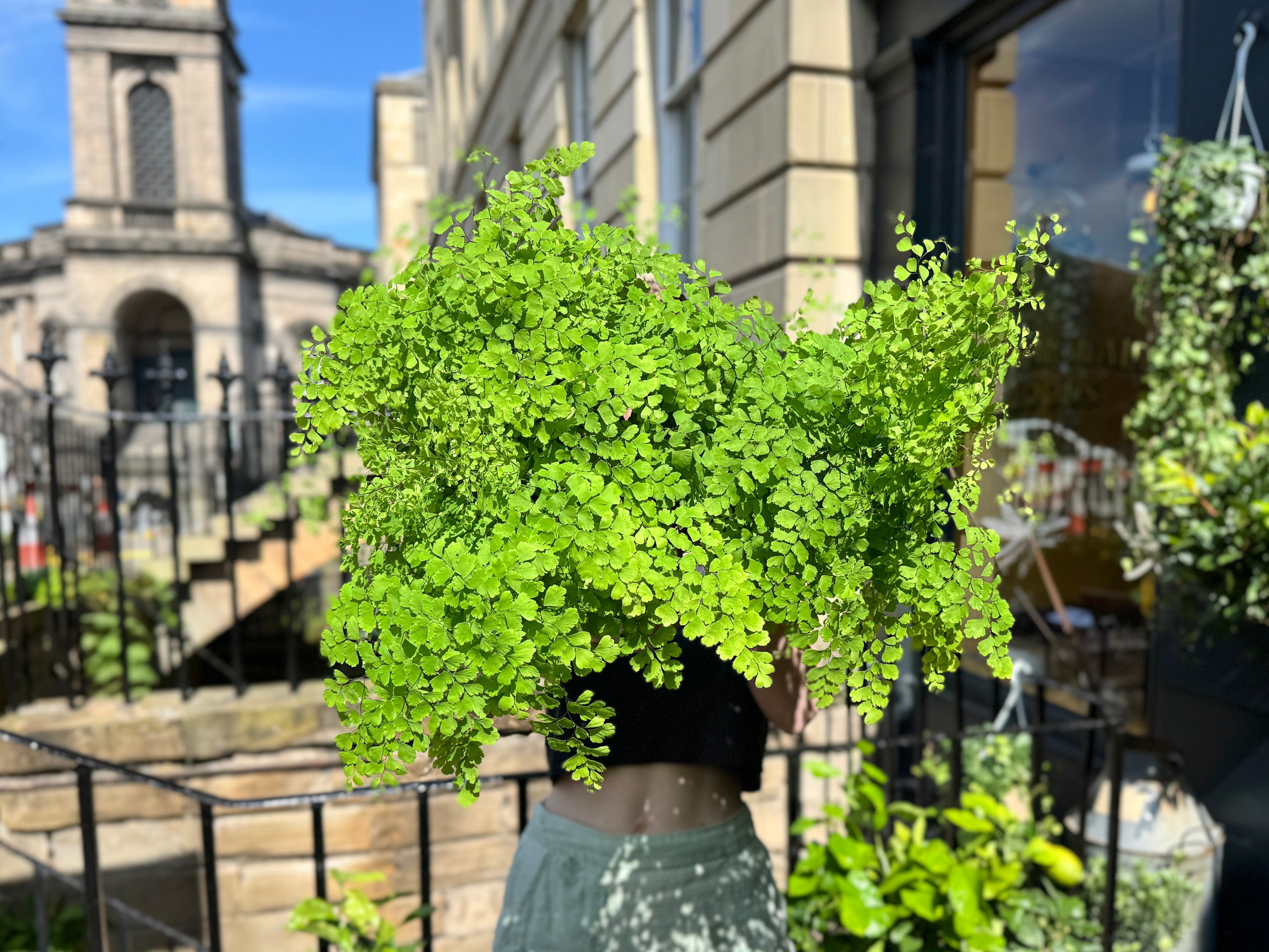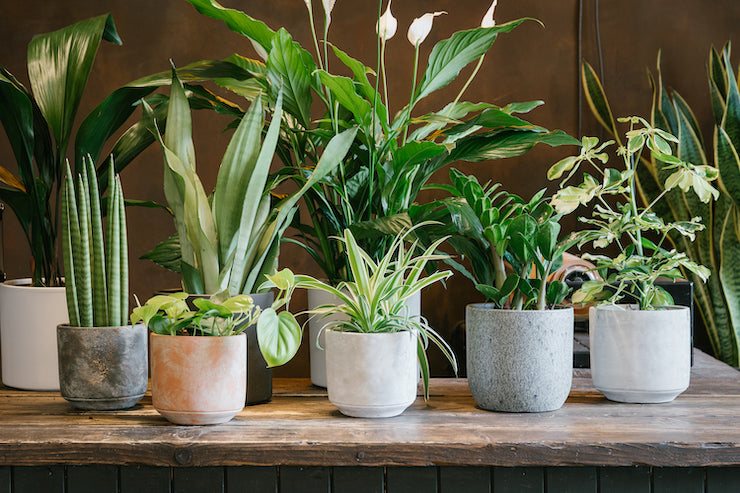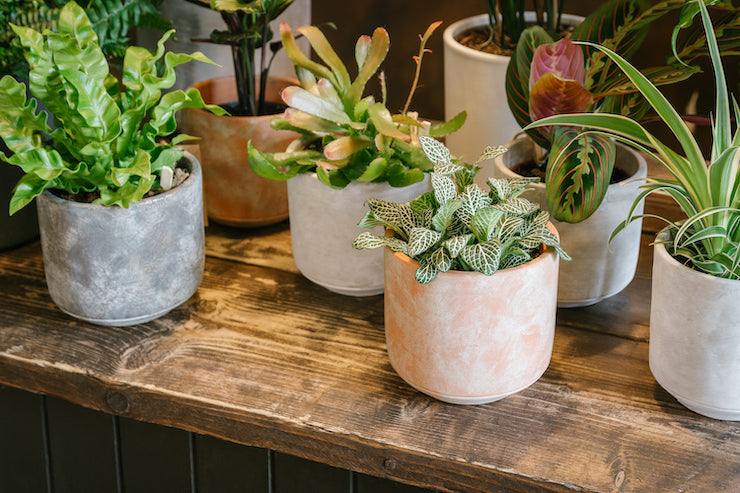
Maidenhair Fern Care Guide: How to Grow Adiantum Indoors Successfully
Care Guide: Adiantum – aka the Maidenhair Fern
The diva of houseplants or simply misunderstood?
If you’ve heard of Adiantum, or Maidenhair Ferns, you’ve probably heard that they’re difficult, fussy, and simply not worth the hassle. However, we’re here to show you that these lovely bushy plants, with their fluffy, delicate fronds, are simply misunderstood. When you take the time to understand their needs, you’ll be rewarded with lush, healthy growth.
The Adiantum genus belongs to the Pteridaceae family. This ancient group of ferns is one of the oldest on Earth and has existed for millions of years. There are approximately 250 members of this genus. The most well-known is Adiantum raddianum, but there are lesser-seen varieties including Adiantum peruvianum and Adiantum tenerum. All these varieties share the signature wiry stems and delicate fronds that Maidenhair Ferns are loved for.
Maidenhair Ferns are generally known for their temperamental nature among houseplant enthusiasts. However, in their natural habitats, they’re incredibly hardy. They can be found growing all over the world. Adiantum pedatum, commonly known as the Northern Maidenhair, naturally grows in the temperate zones of Europe, Asia, and North America, while Adiantum addianum thrives in the tropical regions of South America.
Wherever these plants grow, they’re always found in moist, shaded conditions – from rainforest floors near streams and rivers to rocky cliffs, caves, and ruins. If they can survive on a cliff face, we can certainly keep them alive in our homes – if we recreate the right levels of humidity, light, and warmth.
What are the ideal conditions for growing Maidenhair Ferns indoors in the UK?
Maidenhair Ferns thrive in bright, indirect light. Avoid placing them in a south-facing window as this can cause the leaves to scorch. Their native environments are damp and humid, so it’s important to mimic those conditions at home.
Water your fern when the top of the compost feels dry, and avoid using cold water as it can shock the plant. Instead, use room temperature water.
When watering any houseplant, always remove it from any decorative pots without drainage holes. Water until it drains freely from the base, then let it finish draining before returning it to its decorative pot.
Maidenhair Ferns are humidity lovers and require frequent misting throughout the week. If you find it difficult to remember to mist daily, consider using a pebble tray to help maintain constant humidity. Avoid misting in the evening, as water sitting on the leaves overnight can cool the plant too much.
Despite being hardy in the wild, they dislike cold draughts indoors – so keep them away from draughty doorways and windows.
Seasonal care: feeding, repotting, and fertiliser for Maidenhair Ferns
Houseplants do most of their growing during the growing season, which is spring and summer in the UK. In Scotland, this usually begins when the weather becomes a bit more reliably warm. During this time, it’s important to feed your fern and check if it needs repotting.
Feed every 4 to 6 weeks using a high-quality general houseplant fertiliser. We recommend Liquid Gold Leaf, which is suitable for almost all houseplants. Dilute 2ml of feed per litre of water and apply during watering.
Your fern is ready to be repotted if roots are growing out of the drainage holes, or if the root system is tightly coiled when the plant is removed from the pot. Use a well-draining, loose potting mix – we recommend mixing 70% Soil.Ninja Base Mix with 10% worm castings and 20% sand.
Maidenhair Fern problems and how to fix them
Crispy Leaves
The most common issue is crispy, brown leaves – a sign of low humidity. Increase misting and consider a pebble tray. Make sure the plant isn’t too close to radiators, fireplaces, or underfloor heating. Underwatering can also be a cause, so never let the compost fully dry out – especially in summer.
Leggy Growth
If your Maidenhair Fern is looking leggy, it’s likely not getting enough light. While they tolerate some shade, they grow best in bright, indirect light in UK homes.
Yellowing Leaves
Yellowing leaves are usually caused by cold draughts. Move the plant away from draughty windows or doors. Overwatering can also be a culprit – particularly in the colder months when compost dries more slowly. Always check that the top of the compost is slightly damp, but not soggy, before watering.
Let us know if you have any questions about caring for your Maidenhair Fern, and don’t forget to tag us in your leafy success stories. These beautiful ferns may need a little extra love, but once they’re happy, they’ll reward you with a showstopping display of lush, green fronds.



